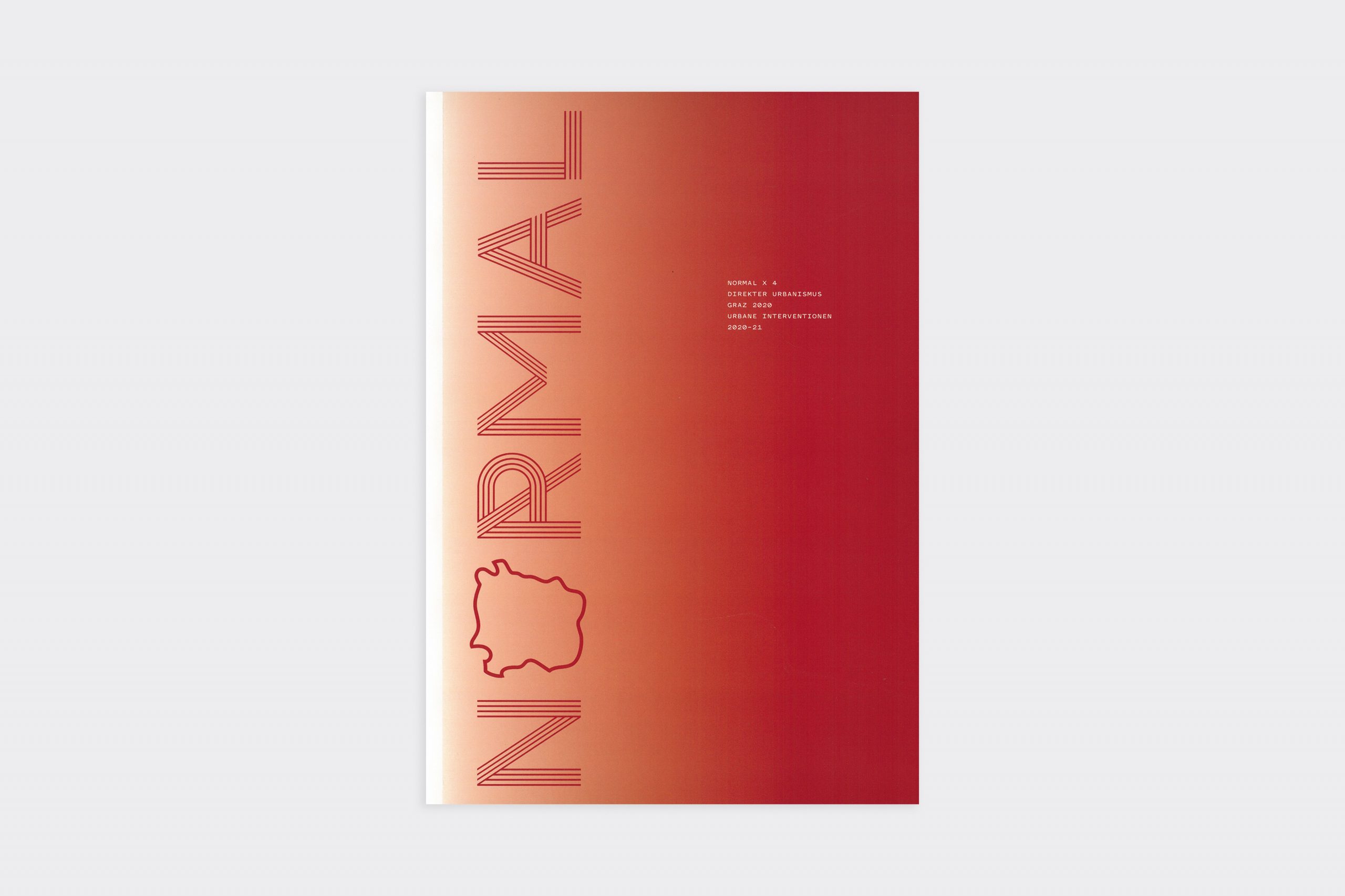Normal 2 – Direct Urbanism
Barbara Holub, Paul Rajakovics
English, German
2021
Published by Salon für Kunstbuch
Printed by Quatro Print a.s., Brno
Designed by Peter Oroszlany
27.5 x 19 cm, 110 pages, color, offset, staple bound, softcover
Cities have been growing on the periphery for decades. The result are hybrid localities made up of urban and rural fragments. In this context, there is much talk of the urbanization of the landscape and the landscaping of the cities, of the expansion of so-called peri-urban spaces, which also entails the dissolution of traditional village structures. When agricultural land is converted into building land, soil sealing causes irreversible damage to the ecosystem. Where there are residential complexes, single-family housing estates and business parks, motorway bridges and railway lines in the immediate vicinity of agricultural and forestry areas, there is often a lack of public meeting areas that are characterized by community and thus contribute to the identity of a place. Sustainable urban planning means facing these problem areas.
The two-part publication NORMAL – direct urbanism x 4, the first volume of which has now been published on the occasion of the forthcoming exhibition at HDA/ House of Architecture in Graz in January 2021, shows how the associated challenges can be met by artistic-urbanistic strategies. The title NORMAL stands for deviations from existing norms and calls for space to be given to what is seemingly impossible. The focus is on the rapid transformation processes in four districts at the periphery of Graz, currently the fastest growing city in Austria. The publication brings together site-specific research and concepts for actions and interventions by four renowned urban practitioners – the Italian group of architects orizzontale, the British artist-architect collective public works, the duo transparadiso (Barbara Holub / Paul Rajakovics) from Austria and the German artist Georg Winter with AG AST. The method of direct urbanism on which the projects are based – the involvement of the population in the process to be designed – proves to be indispensable for any discussion about socially committed urban development.
ISBN 9783902374226
